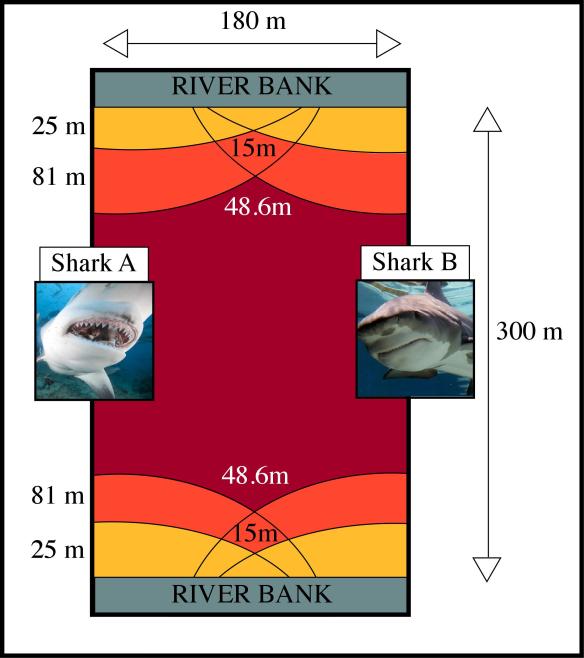Brisbane.
A little flood-prone hamlet closer than any other Australian capital city to the Tropic of Capricorn. Home to a giant wheel that no-one really uses, an exponentially increasing number of bridges, a notorious public pool in Southbank that excellently demonstrates Darwin’s survival theory and construction sites that ultimately last longer than the structural integrity of whatever it is they are constructing. It is also the location of the Queensland Conservatorium where I spent my flegeljahre walking up and down steps looking for practice rooms. Not much has changed in this other hemisphere I might add.

C…C…C…Cholera.
What Brisbane can boast about however, is more interesting. Although I didn’t mention the Brisbane river in the previous paragraph, it was assumed ‘flood-prone’ and ‘excessive bridges’ were sufficient to indicate it’s omnipresence.
I was watching a shark documentary some years ago, about a countdown of the world’s most dangerous sharks. Surprisingly it revealed Number 2 as the Great White Shark. Then for No.1: a panoramic shot of Brisbane. It turns out Bull Sharks are placed highest despite their relatively small (but still large) size due to their aggressive nature, ability to live in fresh AND salt water, penchant for shallows, as well as being pack-like animals. Also the water quality of the Brisbane river leaves something to be desired, meaning sharks don’t use their eye-sight to determine prey as much and are more likely to attack a thrashing object.
Curiosity piqued, I did a little research, presented here for your enjoyment, and using so many assumptions as to generally be unrealistic. BUT possible…
According to Wikipedia: There are more than 500 bull sharks in the Brisbane river (upwards of 2000 have been guessed – but this figure includes young sharks, so let’s stick with 500 and assume they can attack humans). The river itself is about 344kms but as a shark only about 90 kms is accessible before Wivenhoe Dam makes the journey a little bit insurmountable.
So 500 divided by 90 is about 5.556 sharks per kilometer or one shark every 180 metres. Assuming of course they’ve spaced themselves out equally.
But what about the practicalities of getting eaten? Well the actual city part of the Brisbane river has a width of about 300 metres (according to the length of the Victoria Bridge). How fast can sharks swim? 11 mph (17.7 km/hour) apparently. Which means they swim at 5 metres a second. As for human speed, if you were an excellent swimmer, frantic at being in the river and having read this article, and not weighed down by clothes and shoes, you would probably be able to maintain 10 km/hour (2.7 metres/second). If not 3 km/hour (0.833 metres/second) may be more realistic (if not less).
Therefore, if you landed in the water between two sharks equally spaced (ie: 90 metres from each) you would have 18 seconds before they make up that ground. That would mean you would have to be less than 48.6 metres (ideal) or 15 metres (less ideal) out from the river bank. Thus most of the Brisbane river is a DEATHZONE (on average).
To illustrate: (Assuming the sharks are on the same plane as you, ie: just swimming horizontally or vertically)

Tourists’ guide to the Brisbane River. Red is the ‘deathzone.’ Orange is survival if you’re an olympic-level swimmer in appropriate swimming attire and full of adrenaline. Yellow is survival for ordinary people in ordinary clothes.
Another couple of points. It is worth noting that you are likely to be attacked by at least two sharks. Obviously if you were halfway between them they would both reach you at the same time, but if you landed directly on a shark, it would also only take both of those 180 metres either side of it a maximum of 36 seconds to reach you too. I’m guessing a proper shark attack takes a bit of time, so in half a minute you would have three sharks to contend with 😀
Finally, much of the river bank in the CBD area is built up so merely reaching it would not necessarily get you out of the water.



